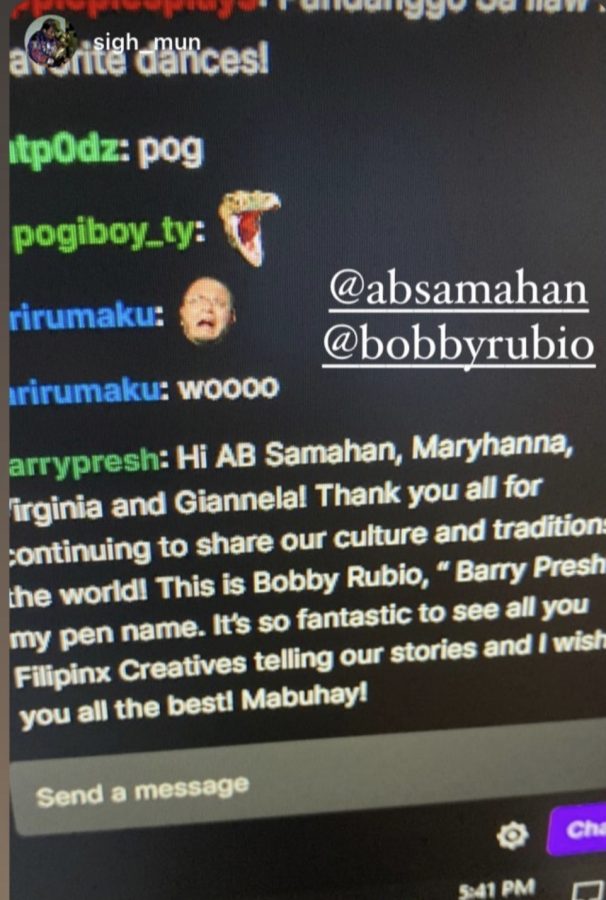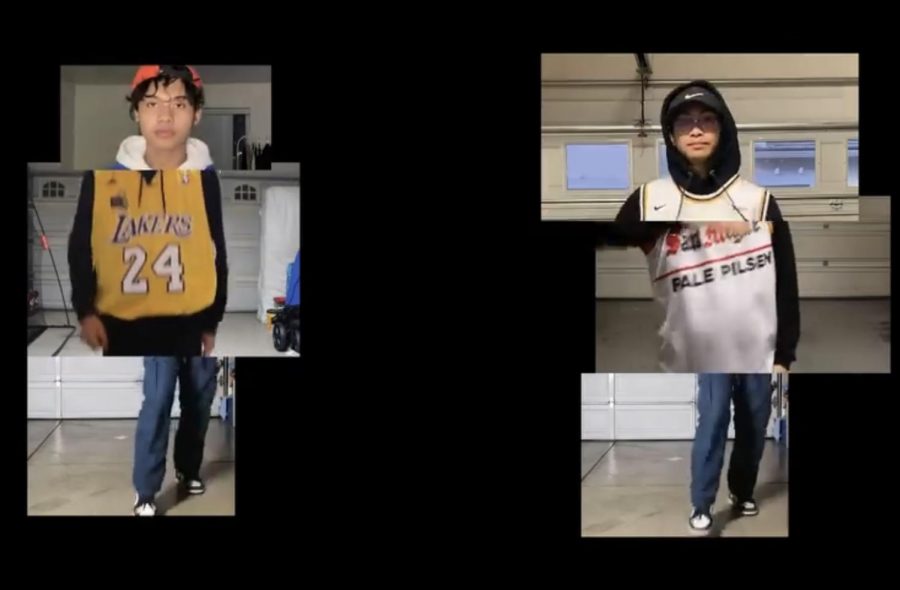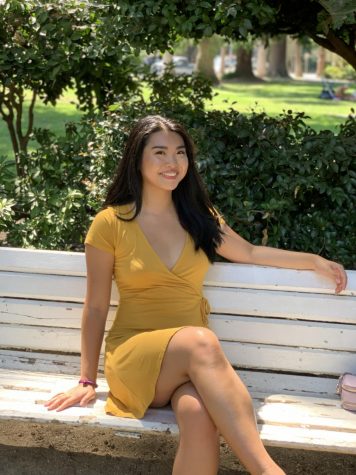San Diego State’s Andrés Bonifacio Samahan – a Filipinx cultural organization on campus – hosted their first Filipino Culture Night online on April 17, featuring short student-made plays and cultural dances to portray both the struggles and highlights of Filipino American culture.
“This culture night is super important because our cultural night last year completely changed and couldn’t be performed fully due to the lockdown and pandemic,” modern dance choreographer Simon Homer said. “This FCN is different because we have a new hope about coming back (to in-person instruction) and it’s important to show our pride in our culture especially with everything going on in the Asian community.”
The five dances and two short films displayed the joy and pride members of the Flipino community have towards their culture. It also shows the identity conflicts Filipino immigrants and first-generation citizens experience.
AB Samahan Cooperative Cultural Affairs Coordinator EJ Ruelos said the intended goal of the event is to speak out about Filipino American issues in the Filipino community and to express how the Filipino American youth feel about these issues.
“Specifically, we’re highlighting the duality of being Filipino American, but coming to terms with those dual issues that we face,” Ruelos said. “Issues such as trying to live between two cultures and not really fitting into either.”
The event was made possible due to a group of about 30 students consisting of choreographers, scriptwriters, acting directors, video editors, actors, singers and dancers, Ruelos said.
“My favorite part of being a dance director was seeing a lot of people come together to do this,” nursing first-year and dance director Angeline Paguia said. “We have this collective effort and collective passion to really produce something amazing. Some of them have never danced before and we have others who’ve danced for years.”
Pixar writer, director and animator Bobby Rubio also attended the live stream. Rubio created Pixar’s animated short “Float” which made history as the first Pixar work to feature a Filipino American animated character.

The dance performances included modern dance, contemporary dance, Pagapir dance, Paso Doble dance and a Pandanggo sa Ilaw dance.
Pagapir dance depicts a royal manner of “walking” among the Maranao tribe’s people, who live mainly around Lake Lanao in the Philippines, according to Dance Dance’s website. The Maranao tribe is the largest of the Muslim cultural-linguistic groups of the Philippines, according to Britannica. Ladies of the royal court perform this stately dance before an important event and the traditional dance usually includes graceful movements holding an “apir” or fan.
The Paso Doble dance is a ballroom dance with Latin roots while the Pandanggo sa Ilaw dance is a traditional dance where dancers must balance a light or an oil lamp on their heads.
Paguia has been involved with AB Samahan since her first semester and even attended their high school conference.
She choreographed the Paso Doble and Pandanggo sa Ilaw dances this year and she said, for her, dance is one of her key connections to her culture.
“When I first learned those dances, that’s what really connected me to my culture in a way that I didn’t have before,” Paguia said. “Dancing means everything to me. It’s what really started me on this journey towards strengthening my identity and claiming who I am in the space that I’m in.”
Homer said he aimed to show off his Filipino pride through his modern dance routine with inspiration from popular dance group The Jabbawockeez, which had Filipino American, Korean American and Vietnamese American members.
Homer said he combined elements from the fundamentals of Hip-hop which include popping and locking which were most popular during the 2000s.
“AB Samahan provides a safe space of all individuals,” Ruelos said. “One thing we really want to emphasize this year is using the platform we have to really amplify the voices of the communities that we serve, and it’s not just the Filipino American community, but also connecting with other minority groups.”









